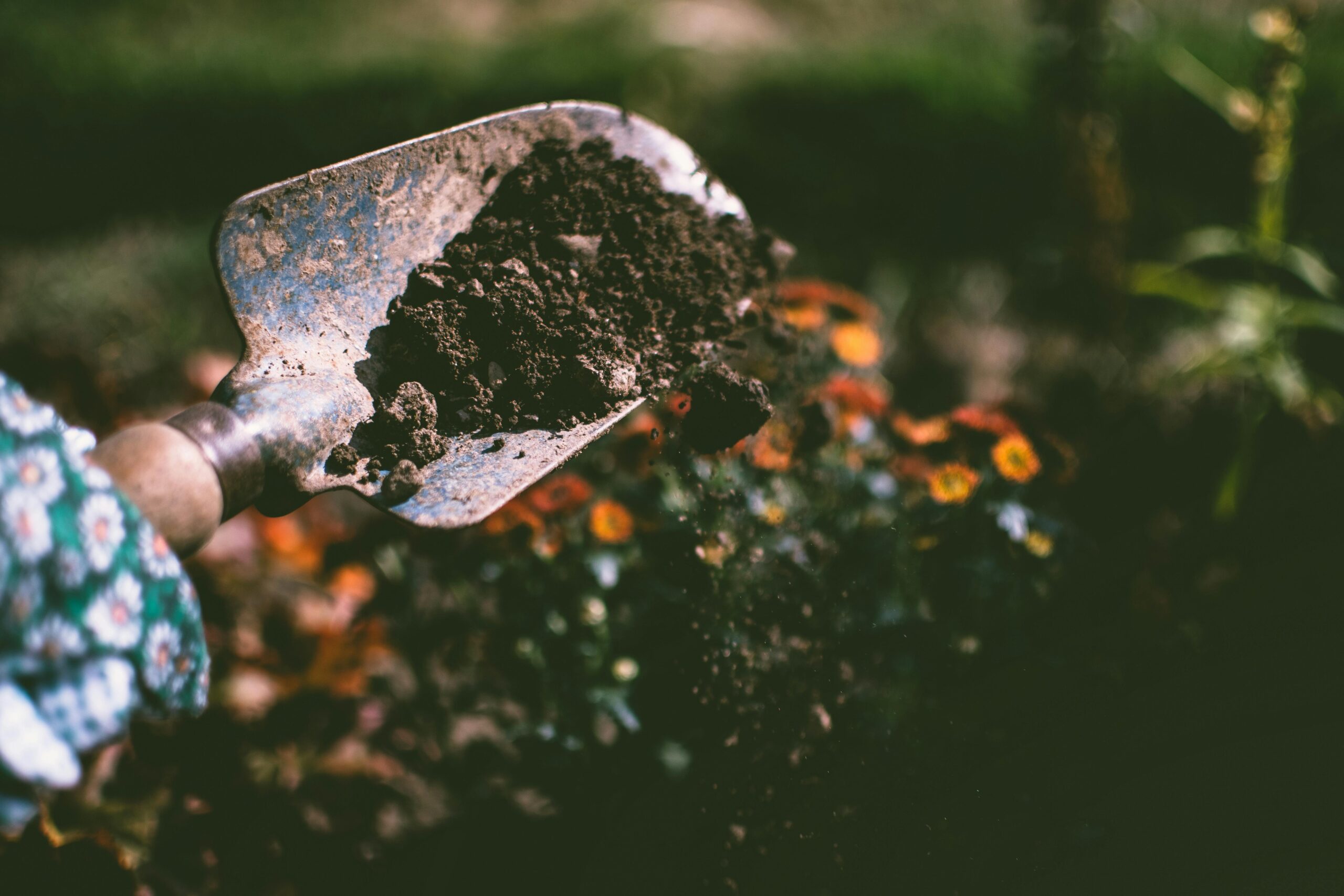Introduction
Gardening is a rewarding hobby that connects you with nature, allows you to grow your own food, and enhances your outdoor space. Whether you have a small balcony or a sprawling backyard, there are techniques and tips to help you succeed. This article covers essential tools, soil preparation, planting techniques, and plant care tips to kickstart your gardening journey.
Essential Gardening Tools
To begin, you’ll need a few basic tools:
- Shovel: For digging holes, turning soil, and moving large amounts of dirt.
- Rake: Used to level soil, spread mulch, and clear debris.
- Hand Trowel: Ideal for planting small seedlings and bulbs, as well as weeding.
- Watering Can: Great for watering, especially for seedlings and young plants.
- Pruning Shears: For trimming plants and removing dead or damaged branches.
- Gardening Gloves: Protect your hands from thorns, dirt, and chemicals.
Soil Preparation
Healthy plants start with quality soil. Aim for soil that is loose, well-draining, and nutrient-rich. Here are some preparation tips:
- Test Your Soil: Use a soil testing kit to check the pH and nutrient content.
- Amend Your Soil: Add lime for acidic soil, or incorporate compost or well-rotted manure for nutrient enrichment.
- Till Your Soil: Break up compacted soil with a shovel or tiller, mixing in amendments.
- Remove Weeds: Clear out weeds before planting to minimize competition for nutrients and water.
Planting Techniques
Timing and technique are crucial for planting. While most plants thrive when planted in spring or fall, consider the following tips:
- Choose the Right Location: Select an area with suitable sunlight and well-draining soil.
- Dig Planting Holes: Ensure the holes are deep enough for the roots of your plants.
- Plant Your Plants: Place your plants carefully in the holes, filling in with soil afterward.
- Water Thoroughly: After planting, give your plants a good watering to settle the soil.
Plant Care Tips
Once your plants are in the ground, ongoing care is essential:
- Watering: Regularly water your plants, especially during dry spells, but avoid overwatering to prevent root rot.
- Fertilizing: Use a balanced fertilizer according to package instructions to nourish your plants.
- Weeding: Keep weeds at bay by regularly removing them from around your plants.
- Pruning: Trim plants as necessary to maintain shape and remove dead or damaged branches.
- Pest and Disease Control: Monitor for pests and diseases, taking action promptly if you notice any issues.
Conclusion
Gardening is a fulfilling hobby accessible to all ages and skill levels. By following the tips outlined in this article, you can cultivate a thriving garden. Remember to enjoy the process and don’t hesitate to experiment with various plants and gardening techniques! Happy gardening!
